The secrets of a king’s physician – what really happens when a monarch is seriously ill
There was a time when the palace not only hid royal diagnoses from the public, but even from the patient themselves. Harry Mount reveals how the royal household is determined to do things differently following the announcement King Charles is being treated for cancer
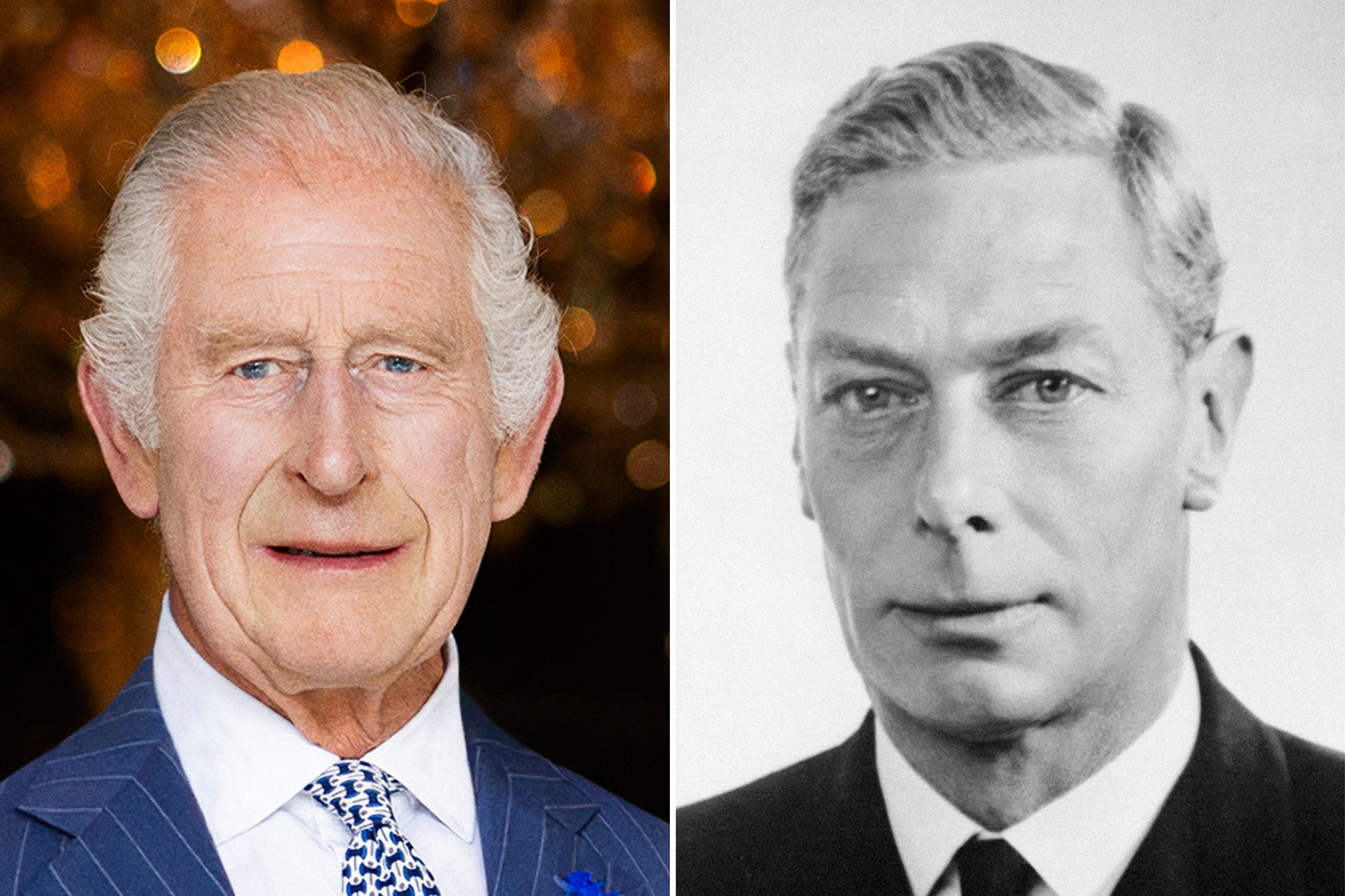
It was 72 years ago, on 6 February 1952, when the nation heard that George VI had died at Sandringham. He had been suffering from lung cancer, and the sad news came as a great shock to the country. Although the king had been ill for several years, the full facts of his condition had been kept secret from his subjects.
His last public appearance had been the previous Thursday at a London airport as he bade farewell to Princess Elizabeth and the Duke of Edinburgh as they set off on their Commonwealth tour. When the announcement from Sandringham came at 10.45am a week later, it simply said: “The King, who retired to rest last night in his usual health, passed peacefully away in his sleep early this morning.”
How different the revelation of Charles III’s illness has been. Buckingham Palace was first extremely candid with the revelation of his diagnosis of, and successful treatment for, an enlarged prostate. Then came the devastating news that he is now being treated for cancer.
While the palace has not revealed precisely what form of cancer the King has been suffering from, it did confirm the fact that it isn’t prostate cancer and that the condition had been discovered during his treatment. Many expect further details to emerge as precise information about his condition becomes clearer.
This is astonishingly open compared to official revelations of earlier monarchs’ illnesses. And the news has already – as the King intended – led to greater awareness among the public. Online searches into prostate conditions have surged since the King’s condition was announced.
Any further revelations will raise similar awareness, and the palace will want to be confident systems are in place to support enquiries, as they are aware of how a vacuum of information can cause extra concern.
Euphemism and secrecy were once the order of the day in royal medical circles. When George VI had his left lung removed in September 1951, after smoking heavily for years, the official announcement was that he was suffering from “structural abnormalities” – in fact, a carcinoma. It wasn’t just the public who were kept in the dark. Even the King wasn’t given the full facts.
When he died in 1952, it was claimed that he had died from “coronary thrombosis”, caused by vascular disease. In fact, it was more likely as a result of his lung cancer.
We are now witnessing a generational shift in how the royal family announce their illnesses. The Duchess of York has just revealed she has skin cancer, shortly after having a mastectomy. Both Prince Michael and Princess Michael of Kent have openly said they have recovered from cancer.
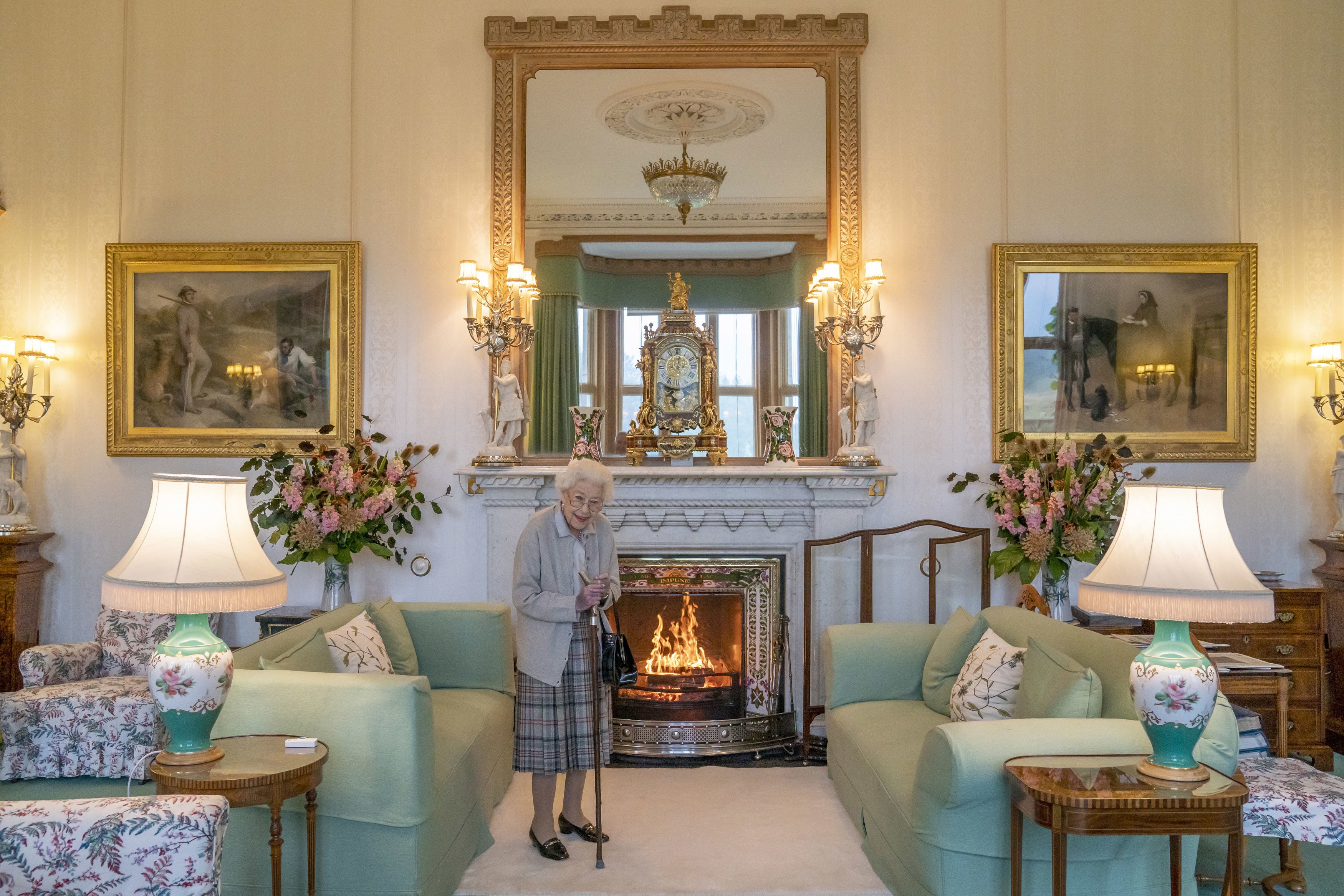
Even though Queen Elizabeth II died as recently as September 2022, she belonged to an earlier way of doing things. Gyles Brandreth revealed that she was suffering from myeloma, a type of bone cancer. But, still, the official cause of death was the catch-all euphemism, “old age”. The Queen Mother lived to the extraordinary age of 101. She, too, had suffered from cancer, although then it wasn’t revealed to the world. In 1966, a tumour was removed from her colon. In 1984, a tumour was removed from her breast.
The most remarkable euphemism came with the death of George V at Sandringham in 1936. As the king lay dying, an official statement was released, saying, “The King’s life is moving peacefully towards its close.”
In fact, as was later revealed in his doctor Lord Dawson’s diaries, the king had been injected with a lethal dose of morphine and cocaine to relieve his pain. Dawson also hastened the king’s death to ensure it was announced in the morning edition of The Times, rather than “less appropriate evening journals”.
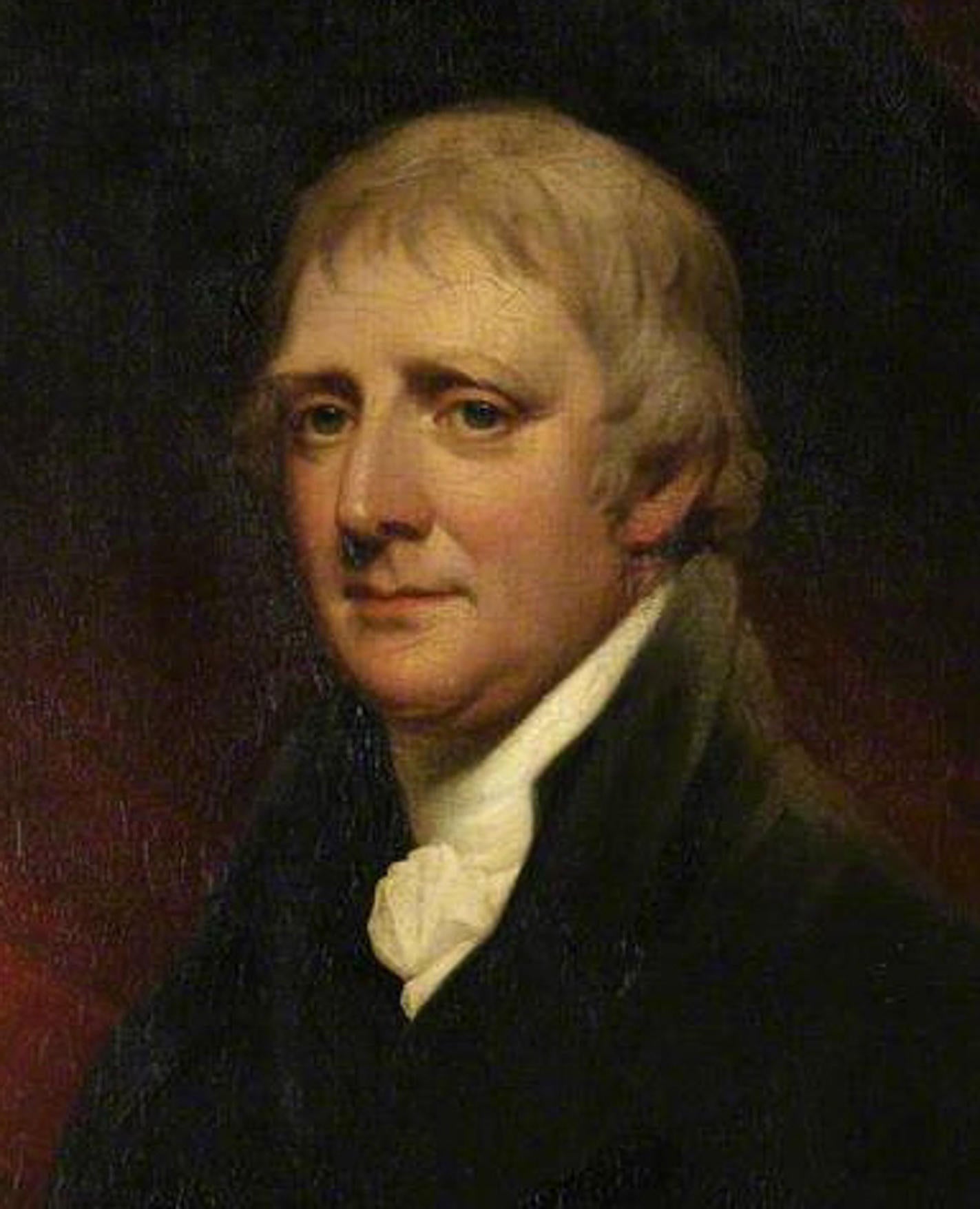
The openness about Charles III’s condition – as well as the treatment itself – has been coordinated by Dr Michael Dixon, head of the Royal Medical Household since 2022. There has been much coverage of how Dr Dixon is keen on homoeopathy, like the King. Any homoeopathic treatment given to the King, though, will only be as a complement to the best possible conventional medical care.
Dr Dixon is officially physician to the King – a title that dates back to the 16th century. He is in charge of a team of doctors and nurses that look after the royal family 24 hours a day, every day of the year. He succeeded the Queen’s doctor, Sir Huw Thomas, and when it comes to a monarch’s health, all events are covered. On royal tours, the King is accompanied by one of his doctors – and a blood pack, defibrillator, and emergency medicine in the convoy behind him.
The relationship and role of physician to the King, however, has changed enormously since the first holder of the title, Balthasar Guersye – an Italian, responsible for looking after Henry VIII and Catherine of Aragon. They were often by their side in the most literal of senses. As royal historian Lucy Worsley says of Henry VIII, “Whenever he went ‘to make water’, he was accompanied. His top servant was the groom of the stool, whose job was to attend to the king upon the close-stool, the padded seatless rest placed over the chamber pot. Afterwards, the pot’s contents would be handed to the medical staff for analysis.”
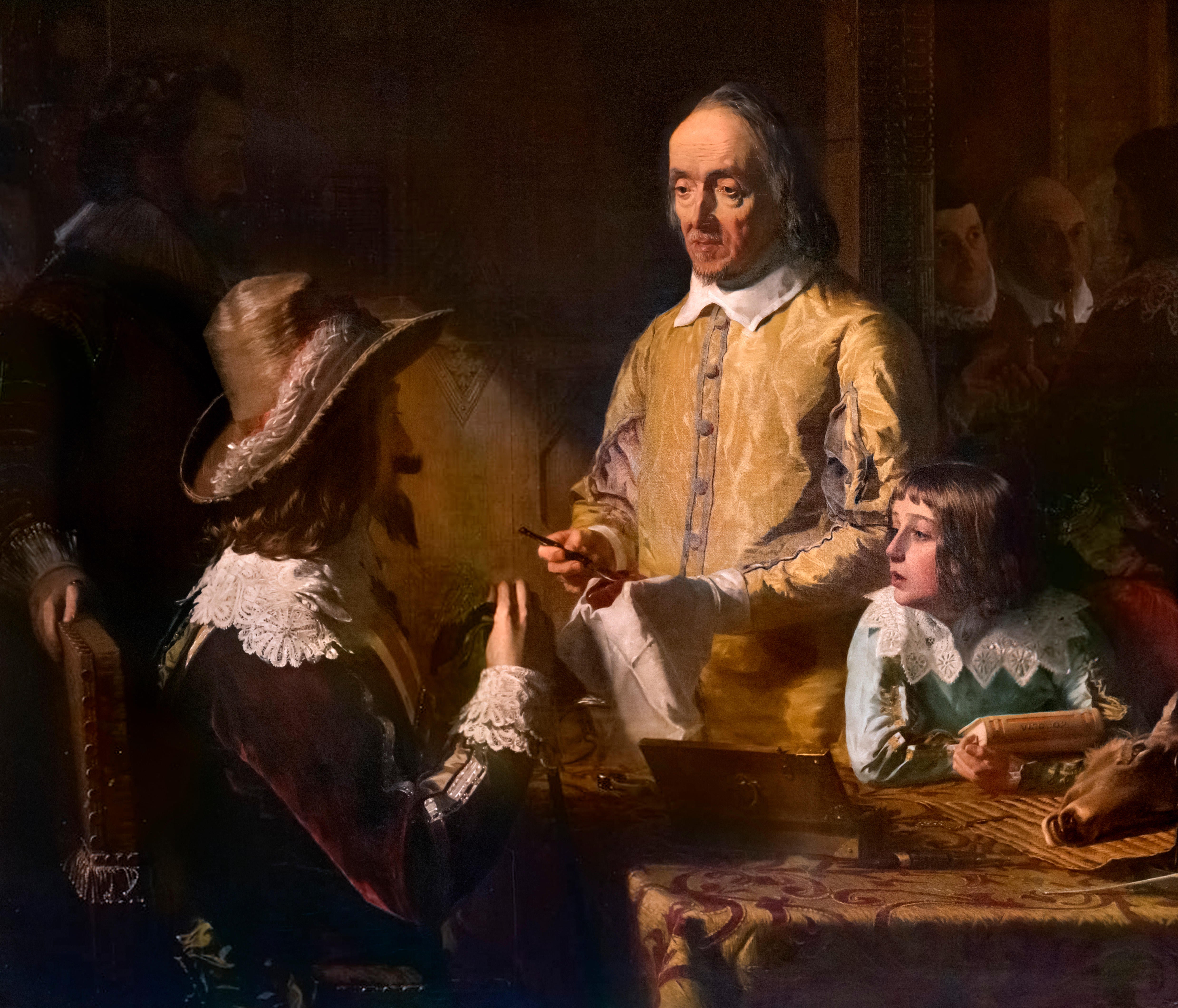
A doctor was crucial, too, in negotiating Henry VIII’s journey from marriage to marriage. One of his doctors, Dr William Butts, declared that Henry VIII hadn’t had sex with Anne of Cleves, allowing their marriage to be annulled. Still, to satisfy the king, Butts also had to testify that the king was “able to do the act with others, but not with her” and still experienced “pollutiones nocturnes”. In other words, wet dreams.
The early royal doctors were expected to keep the condition of their charges almost entirely secret. In the days when monarchs were all-powerful, their illness caused even greater consternation among the people than today, and monarchs were complicit in this secrecy. George II, said one of his courtiers, would “get out of his bed, choking with a sore throat, and in a high fever, only to dress and have a levee [reception], and in five minutes undress and return to his bed”. By pretending to be well, he hoped to keep the nation reassured.
The most famous royal patient of all was poor “Mad” King George III, said to have suffered from bipolar disorder. In those days, over 200 years ago, no one really understood his complaint except for one heroic man, Dr Francis Willis, a Lincolnshire asylum keeper, who encouraged George III to rest and exercise. In turn, the grand royal doctors, jealous of Willis’s close relationship with the king, castigated him and called him the “mad doctor”.
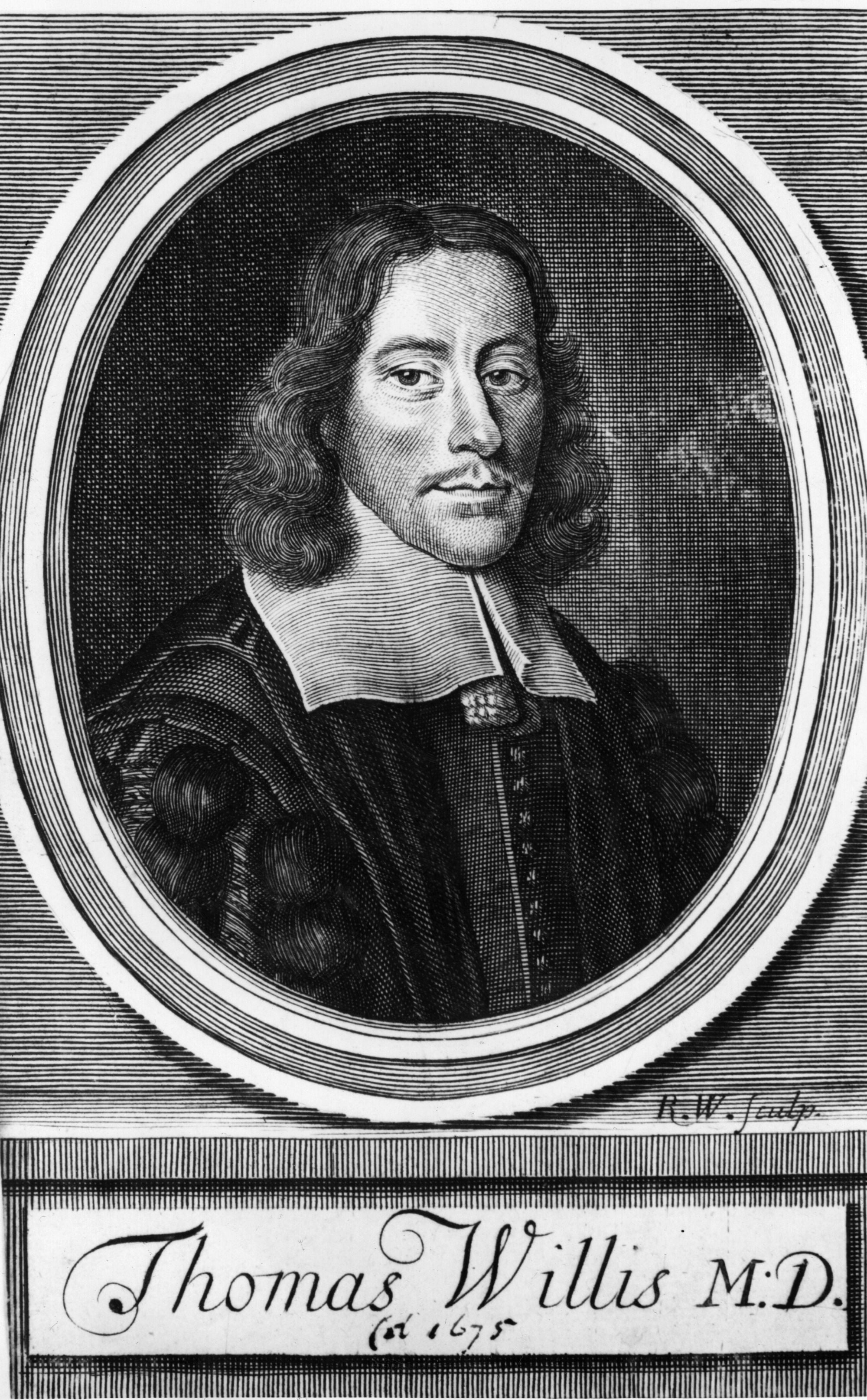
For all the luxury of royal medicine, it was, like all medicine, fairly primitive in its earliest stages. In 1817, Princess Charlotte, the Prince Regent’s daughter and heir presumptive to the throne, died in childbirth, aged only 21, thanks to the incompetent fumbling of the royal doctor, Sir Richard Croft.
Lucy Worsley says: “During the course of a 48-hour labour, Croft shilly-shallied about, using the forceps to pull the baby out. Valuable time was lost, the child died and, a few hours later, so did the mother. At a stroke, two generations of the royal family were wiped out.”
A year later, a shattered Sir Richard Croft shot himself. By contrast, talented doctors were much valued by monarchs. Sir James Reid was so valued as a doctor to three British monarchs, Queen Victoria, Edward VII, and George V, that he was given a baronetcy. Among his grandchildren are Richard Ingrams, former editor of Private Eye and The Oldie. However, it didn’t help earlier royal doctors either that so many monarchs were so spectacularly unfit, due to indulgent lifestyles. Queen Victoria and Edward VII gorged themselves to enormous proportions. Henry VIII and George IV had waists measuring 54 inches.
Charles III, like his mother, has led a life of exemplary good health, with plenty of exercise. He is said to enjoy two Martinis in the evening but, apart from that, he drinks little and doesn’t smoke. He often skips lunch and, when he does eat, is keen on the freshest organic fruit and veg.
With the finest medical team and best-in-class expertise to hand, we can have every hope that prospects for a full recovery are, thank God, good.
Harry Mount is the author of ‘How England Made the English’





Join our commenting forum
Join thought-provoking conversations, follow other Independent readers and see their replies
Comments